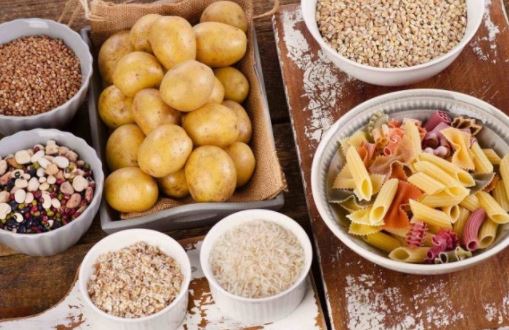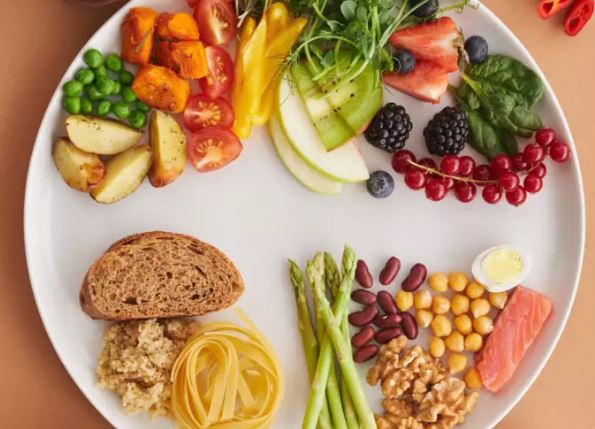Lifestyle
7 easy ways to reduce your carbohydrate intake

Reducing carbs in your diet has been linked to numerous health benefits including improving cognitive functions and reducing the risk of heart diseases.
Sticking to a low-carb diet is another story altogether. When you think of life without your favourite candy or those delicious fries, it doesn’t seem possible to do away with carbs.
Additionally, we consume carbs daily and for most people, carbs are part of their staple diet. Therefore, reducing carbohydrate intake is definitely not an easy task.
There are, however, ways you can do it without putting too much strain on yourself. Here are some ways to reduce carbohydrate in your diet.
1. Eliminate Sugar-Sweetened Drinks
If you want to eat fewer carbs, avoiding sugar-sweetened beverages should be one of the first things you do. If you want to drink something refreshing with a taste, try adding some lemon or lime to club soda or iced tea. If needed, use a small amount of low-calorie sweetener.
2. Cut back on bread
Although whole grain bread contains vitamins and minerals, there are many other foods that provide the same nutrients with much fewer carbs. These healthy foods include vegetables, nuts and seeds. However, it can be tough to give up bread entirely. If you’re finding it difficult, try delicious low-carb bread recipes that are easy to make.
3. Stop drinking fruit juice
Unlike whole fruit, fruit juice contains little to no fiber and is full of sugar. It’s best to avoid juice completely. Instead, try flavoring your water by adding a slice of orange or lemon.
4. Chose low-carb snacks
Having a low-carb snack that contains protein is the best strategy when hunger strikes between meals. One study found women felt fuller and ate 100 fewer calories at dinner when they ate a high-protein snack, compared to a low-protein one.
5. Eat eggs or other low-carb breakfast foods
Choosing eggs or other high-protein, low-carb foods for breakfast can help you feel full and satisfied for several hours. What’s more, eggs are extremely versatile and can be prepared in many ways, including hard-boiling for an on-the-go breakfast.
6. Use sweeteners instead of sugar
Using sugar to sweeten foods and beverages isn’t a healthy practice, particularly on a low-carb diet. Learning to enjoy the natural flavor of foods without adding any sweetener may ultimately be best.
7. Ask for veggies instead of potatoes and bread at restaurants
Eating out can be challenging during the initial stages of a low-carb diet. Even if you order meat or fish with no breading or gravy, you’ll typically receive a starch on the side. This is often potatoes, pasta, bread or rolls. Instead, ask your server to substitute low-carb vegetables in place of the high-carb foods.










